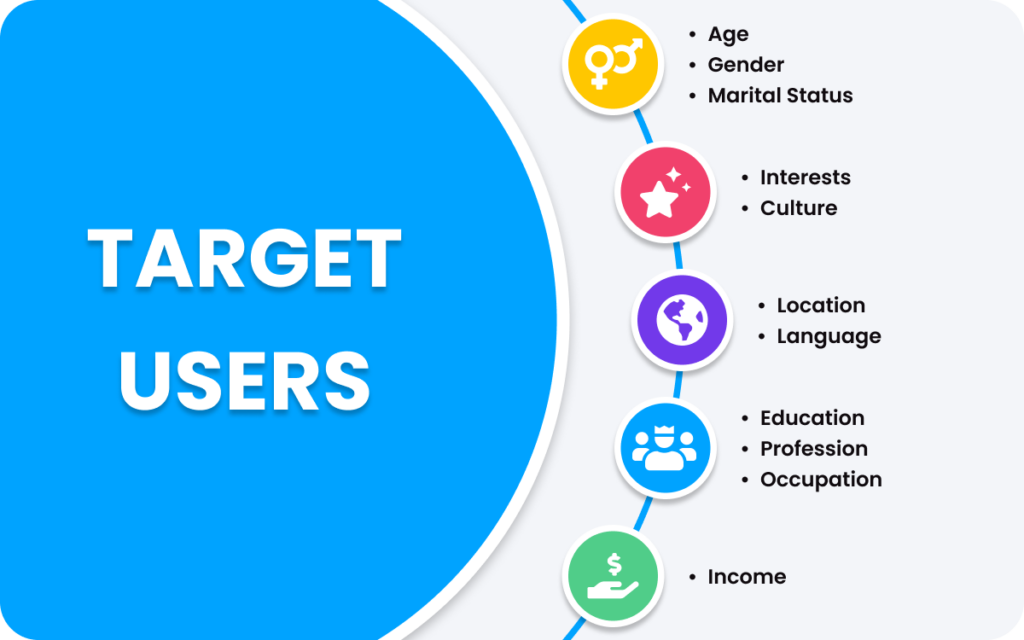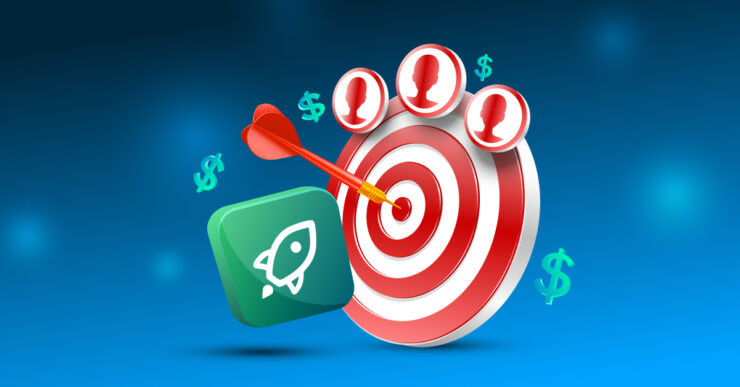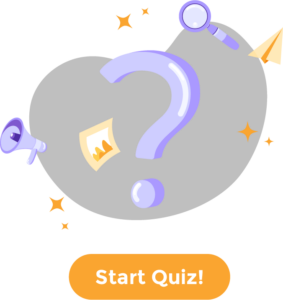Finding the target audience for your mobile app is a key step in determining its success. The more accurately we identify who we are creating the app for, the better we can target our efforts to increase app installs. This step is crucial early on, as it directly impacts all subsequent marketing strategies and the effectiveness of App Store Optimization (ASO), helping you get more app installs and increase downloads in the Play Store.
Who is the end user of our app?
This is the key question. To answer it, we need to analyze several aspects:
- What does our user look like?
- What are their pain points?
- What are their interests?
- What is their gender and age?
- What are their habits and preferences?
Why is it important to define our target audience precisely?
Accurately defining your target audience is critical for app success. If we try to appeal to everyone, the app may go unnoticed. For example, a sports app is unlikely to attract housewives, just as a children’s learning app won’t appeal to teenagers.
As the mobile market grows, so does the potential user base. Here are some facts:
- By the end of 2024, mobile devices are expected to account for 52% of all internet traffic, which means a broader target audience.
- The average user interacts with 10 apps daily and uses up to 30 apps per month.
- 85% of users prefer mobile apps over websites, meaning a focus on ios app keywords or android installs can capture a large portion of these users.
Focusing on the right audience allows us to allocate our marketing efforts more efficiently. For example, personalized push notifications tailored to users’ interests are opened eight times more often than generic ones. Including the user’s name in a message can increase trust and satisfaction. This also helps reduce user acquisition costs and boosts the return on investment.
How to find the right users?
Success starts with defining the relevant target audience. Ideally, we first identify the group of consumers and then create a product that meets their needs and pain points.

Demographic Characteristics
- Age: Keep the target age within one generation for better relevance.
- Gender: Gender matters; a beard grooming app targets men, while skincare apps appeal to women.
- Location and Language: Localization is key; a Spanish app won’t work well in an English-speaking country.
- Education and Profession: A financial planning app suits professionals, while a simple expense tracker appeals to a wider audience.
- Marital Status: A family meal planner fits married users, while a dating app appeals to singles.
- Income: Higher-income users are more likely to pay for premium travel deals, while budget apps target lower-income groups.
Psychographic Characteristics
- Interests: The app should match user interests; offering a gourmet cooking app to fast food lovers won’t work.
- Culture: Cultural relevance is crucial; a snowboarding app might not resonate in tropical regions.
Marketing Characteristics
Competitors are a great source of information. By analyzing what works and what doesn’t, we can learn from their mistakes and improve your ASO . Surveys and feedback are crucial because they show users that their opinions matter, boosting loyalty and word-of-mouth recommendations. Additionally, user feedback boosts loyalty and can lead to more app installs.
Devices: Knowing whether users prefer Android or iOS, smartphones or tablets, helps us further refine our target audience.
What helps us better understand our app users?
We know our product best, so we should ask ourselves:
- What does our app do?
- How is it valuable to the user?
- How does it make life easier for users?
- How convenient and relevant is it?
- Why should users choose our product?
Once we’ve defined the target audience, we can create personalized user profiles. This can lead to better UX/UI design and improved appinstalls.
Examples of Target Users for Various App Categories
Fitness and Health App
- Main Target Audience: Age 25-40, men and women, active lifestyle.
- Example: Jane, 32, a sales manager who goes to the gym 3-4 times a week. She needs an app to track her fitness progress and meal plans.
Online Shopping App
- Main Target Audience: Age 18-45, mostly women, interested in fashion and discounts.
- Example: Jessica, 28, a designer who shops online regularly. She looks for an app offering personalized recommendations.
Meditation and Mental Health App
- Main Target Audience: Age 30-50, men and women, focused on mental health and relaxation.
- Example: David, 40, a tech worker looking for an app to help reduce stress and improve sleep quality.
Key Points in Defining the Target Audience
The target audience is the foundation for creating and promoting our app. Defining the product’s value helps us understand who it will benefit, and accurately defining the target audience enables us to create precise marketing strategies. This approach increases both paid and organic downloads and helps boost the app’s ranking in stores.
We must always remember that accurately defining our target audience reduces churn, increases user engagement and loyalty, and enhances LTV.






















